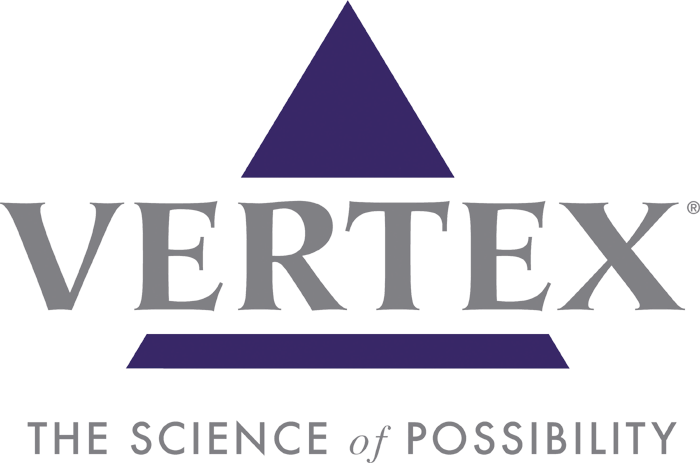Dialysis is expensive….around $30,000 per year. If you have to dialyze, you have two choices as to where you get your treatment: in-center or at home. Both options are covered by Medicare, Medicaid and many private insurances. So, which option do you pick?
Home Hemodialysis
In a dialysis unit, you are subject to the schedule time available for treatment, travel to and from the facility, and multiple staff who will insert your needles. Not bad, but not perfect. At home, you schedule your own treatment time, don’t have to travel and have the best possible person inserting your needles…you.
The freedom and control of dialyzing at home are powerful draws to this treatment modality. Basic supplies (dialyzers, lines, needles, tape, gauze pads, dialysate, home scale, laboratory supplies, etc.) are paid for by your insurance, just as they are in a center.
However, there are some out-of-pocket expenses you need to consider before making the choice to dialysize at home. So what’s it going to cost? The two biggest areas that need to be evaluated are water revisions and electrical connections.
To protect the portable water supply, the in-coming water line to the dialysis machine needs to be equipped with a back-flow preventer. This is installed in your plumbing and connected prior to the water inflow to the machine. Waste lines will also need to be connected. The cost of furnishing and installing waste and water piping as required will range between $750.00 and $1500.00.
Most home hemodialysis machines require a dedicated 20 amperes GFI (ground fault interrupter) circuit. This is a special circuit that is not shared by any other appliances, is robust enough to handle the equipment, and will turn off the electricity to the machine in the event of a ground short. Licensed electrician fees will typically run around $500.00 to install this type of circuit.
Depending on the center that will be monitoring your home treatments, providing supplies, and maintaining your home equipment these two costs will vary. Some units require the patient to cover these costs, and others, like the Northwest Kidney Centers will provide a stipend of $1000.00 or more towards their installation. Costs will also vary depending on which area of the country in which you live.
Your utility, water and electricity bills will increase. Check with your local public utility company and see if they can help you. Some public utilities offer reduced rates to dialysis patients. There is usually an application process, with which your social worker can help you.
These are the two biggest initial cost outlays, but there are other smaller ones. You’ll need a storage area for supplies, and some shelving to accommodate them. The used lines and equipment from your home treatments will increase the amount of garbage you accumulate for waste disposal.
If you choose to dialyze in a chair, you’ll have to absorb that cost. The going rate for a recliner can vary greatly from $400 and up. Many people prefer to dialyze in their beds, and avoid this cost.
You may require a home helper. This is a person who goes through the training program with you, and assists you with your treatment at home. Some insurance companies will help pay for this assistance, but most do not. How much patients pay their helper per treatment varies. The current rates are around $35 to $45 per treatment. Some patients will pay extra if they can financially do so. Not all patients have helpers. All training programs are different, with different policies governing this requirement. There is some current movement towards dialyzing alone at home. This must be taken cautiously. At our clinic, our policies call for any patient who wants to dialyze alone at home, to have a “Lifeline” phone connection that they wear during the treatment. If they run into trouble, they hit the button and help is immediately dispatched.
Another area that should be considered is telephone costs. Depending on how far you live from your center, these can be high. Again, depending on your program these costs may be defrayed. At our clinic, we have installed an 800 number that our patients use to call for problems, concerns, questions, etc. Through this line, they have easy access to the on-call nurses and the unit.
Peritoneal Dialysis
Unlike home hemodialysis, peritoneal dialysis has few out-of-pocket expenses. There is need for increased space for supply storage, and increased garbage waste, but otherwise nothing with a big ticket price.
Dialyzing at home is not for everyone, but for those who choose this option, it is definitely worth the effort and the cost.
Gerry Flynn Morrison, RN, BS, is a Clinical Director with Northwest Kidney Centers responsible for the Home Peritoneal and Hemodialysis programs. She has worked in the nephrology field for 33 years.
This article originally appeared in the March 2008 issue of At Home with AAKP.
























